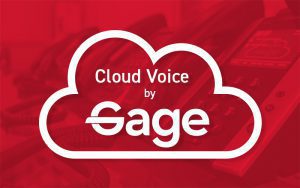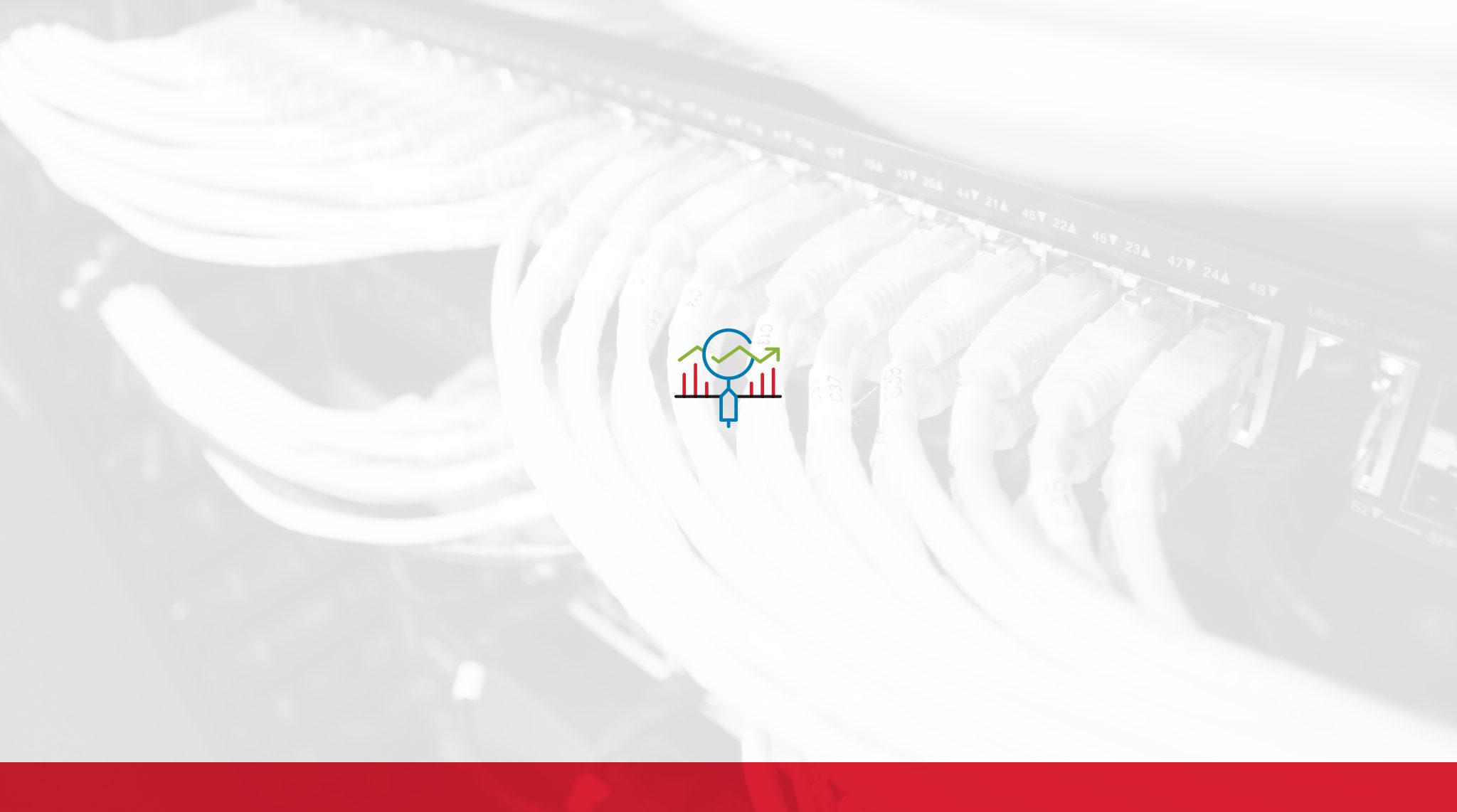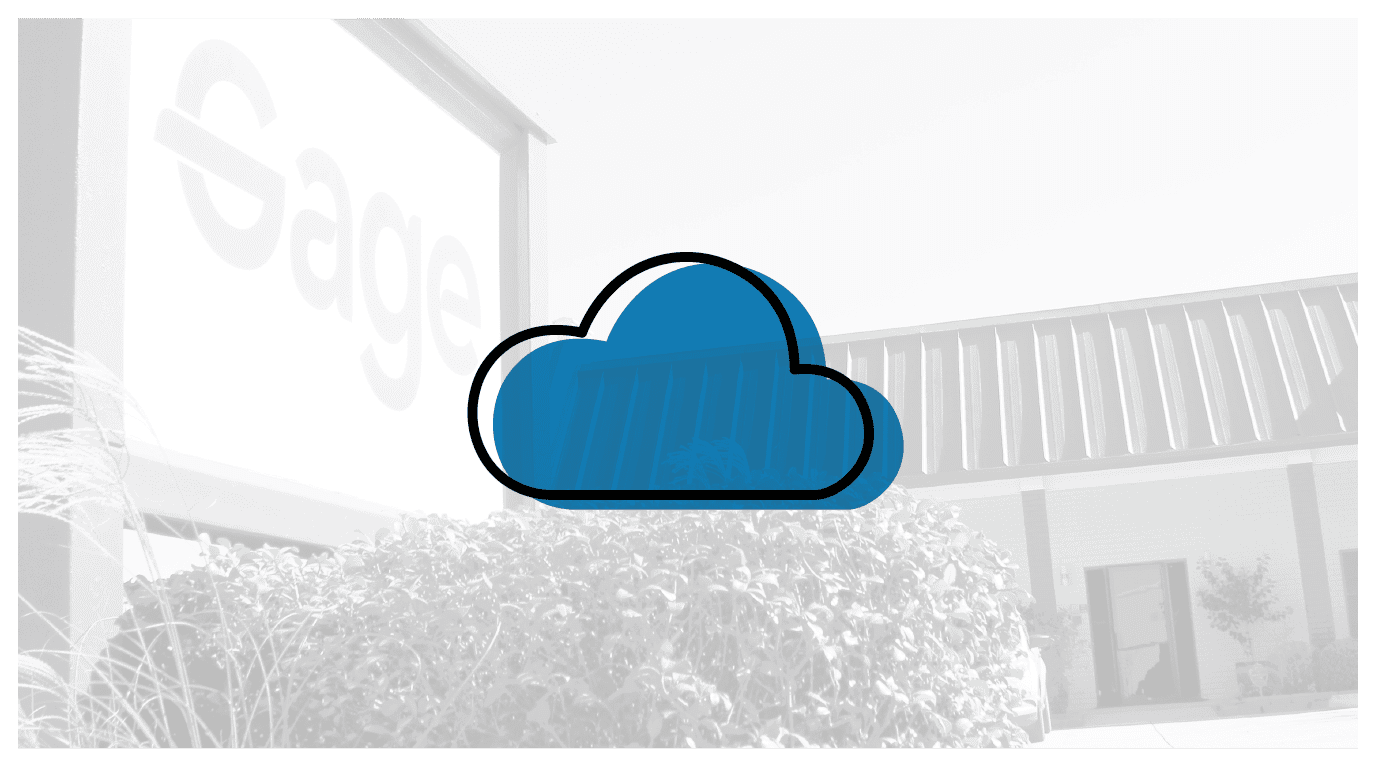
Oftentimes, when you think about “the cloud,” it’s in reference to the photos or contacts you might back up from your smartphone. But what does it mean for your business communications operations? Cloud-based telephone systems, often referred to as VoIP (Voice Over Internet Protocol), allow you to make calls from any internet-connected device and to store data in an offsite server, or the cloud. This system ensures that you always have a backup of your data, as opposed to only storing it locally, and that you are able to access it any time, from anywhere.
Now, more than ever, the ability of your employees to be mobile and adaptable is of the highest importance. By the end of 2022, experts predict that 25% of all professional jobs in North America will be remote, with even more adopting a hybrid model. Is your business ready for this long-term shift? Here are four excellent reasons to make the switch to cloud-based communications today.
The cloud is extremely cost-effective.
Telephone costs are often the most overlooked in business expenses because many don’t realize there is an alternative to the legacy desk phone and bulky system that we’re all accustomed to seeing. Switching to a cloud-based phone system means little to no upfront costs or on-site equipment that would require ongoing maintenance. This alone can save businesses anywhere from 30-50% on monthly phone bills. Not to mention the fact that since no equipment is required, you won’t be restrained to where your team members can use it.
The cloud scales with your business.
Whether you’re a startup or a large multi-site operation, you can’t always predict the future size of your company. Since there is no network equipment involved, scaling up or down is easy, even if you have employees who work in different geographic locations. If you are a company that has recently gone remote and is exploring opening up your positions to those outside of your home base, there is no need to worry about keeping them in the loop – you can all easily connect to your centralized cloud and communicate with each other from anywhere.
The cloud keeps you connected, no matter the circumstance.
With the cloud, if power, internet or telephone lines go down, you have a backup in automated help centers and re-routing incoming calls to cell phones. Whether programmed in advance or made in real-time as situations occur, you’ll never have to worry about your operations being halted, even in times of uncertainty. Upholding business continuity, whether anticipated because of remote workers or unplanned because of disaster, should never be an obstacle you need to overcome as a business owner.
The cloud fosters flexibility and streamlines your operations.
You no longer need to be chained to your desk at all hours of the workday. If you have an internet connection, you can conduct business as usual: making calls, accessing contacts and sharing files from your smartphone, tablet or laptop. With the cloud, you can also unlock a number of tools to increase productivity, like voicemail-to-email and CRM data integration to maximize your workflow, regardless of if your team is working under one roof or from a variety of locations.
Convinced that you need to upgrade to a cloud-based phone system? Gage Cloud Voice is an excellent next step. Get in touch with us to learn more about the transition process today.




